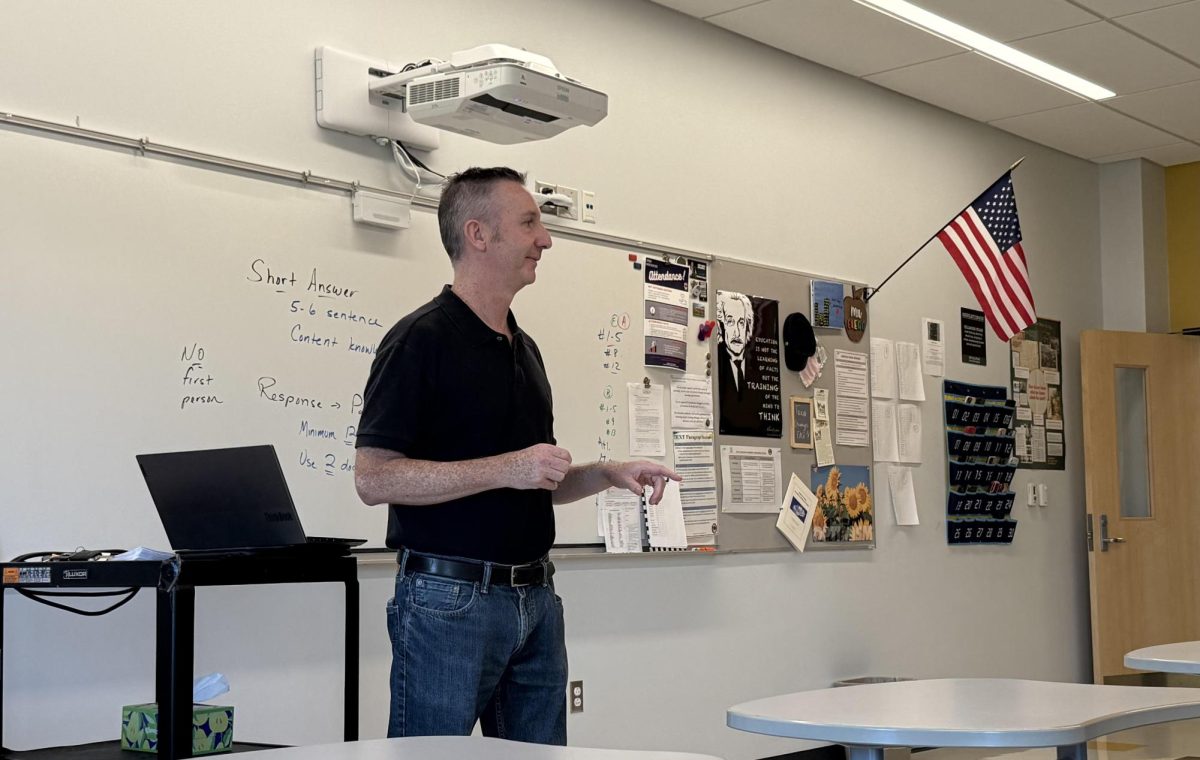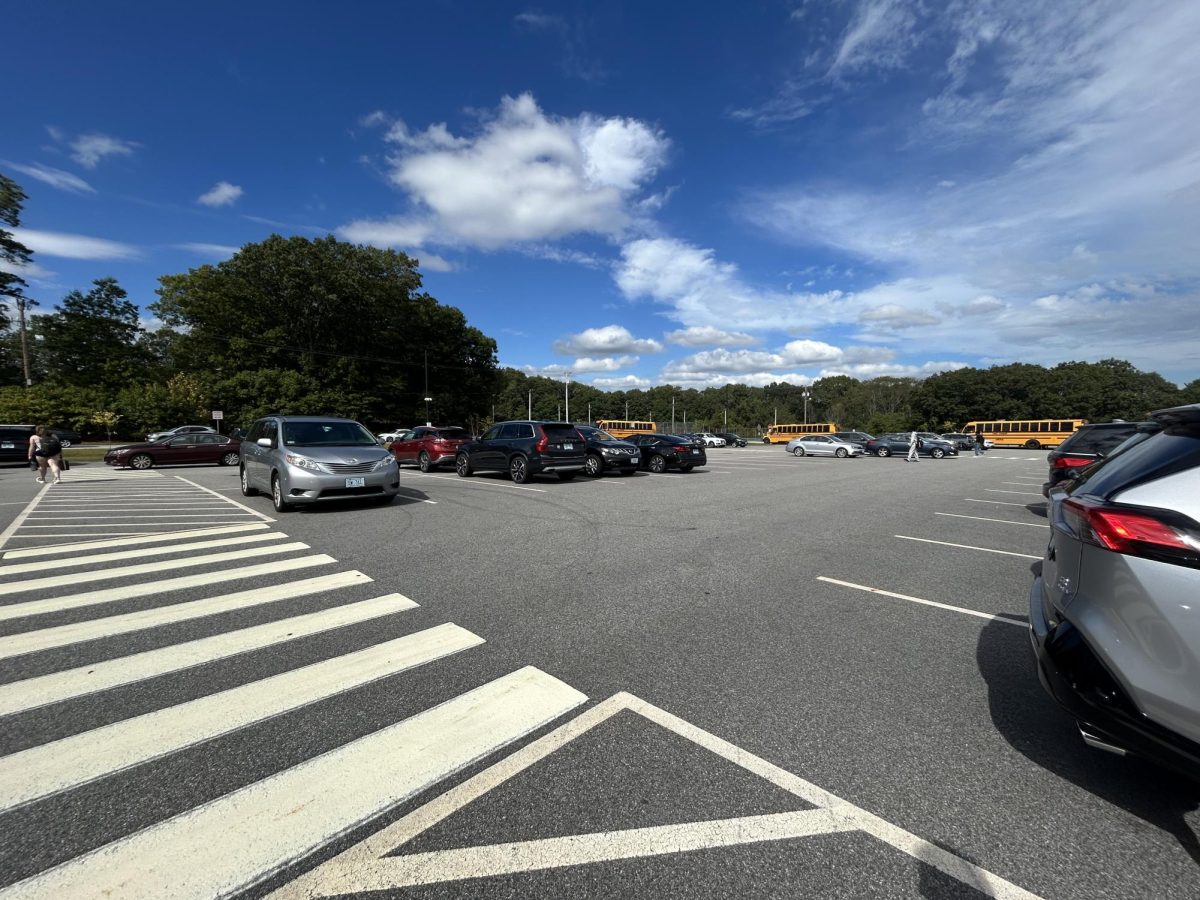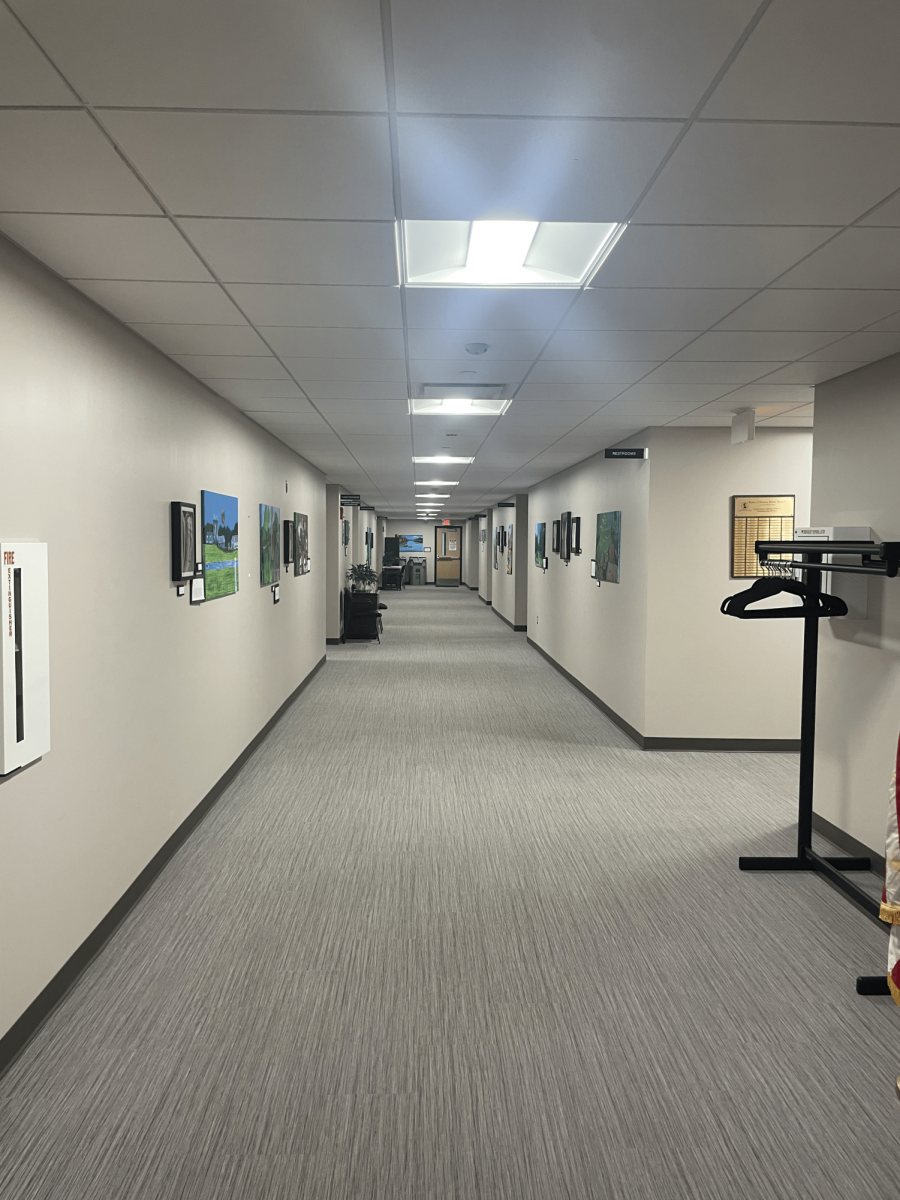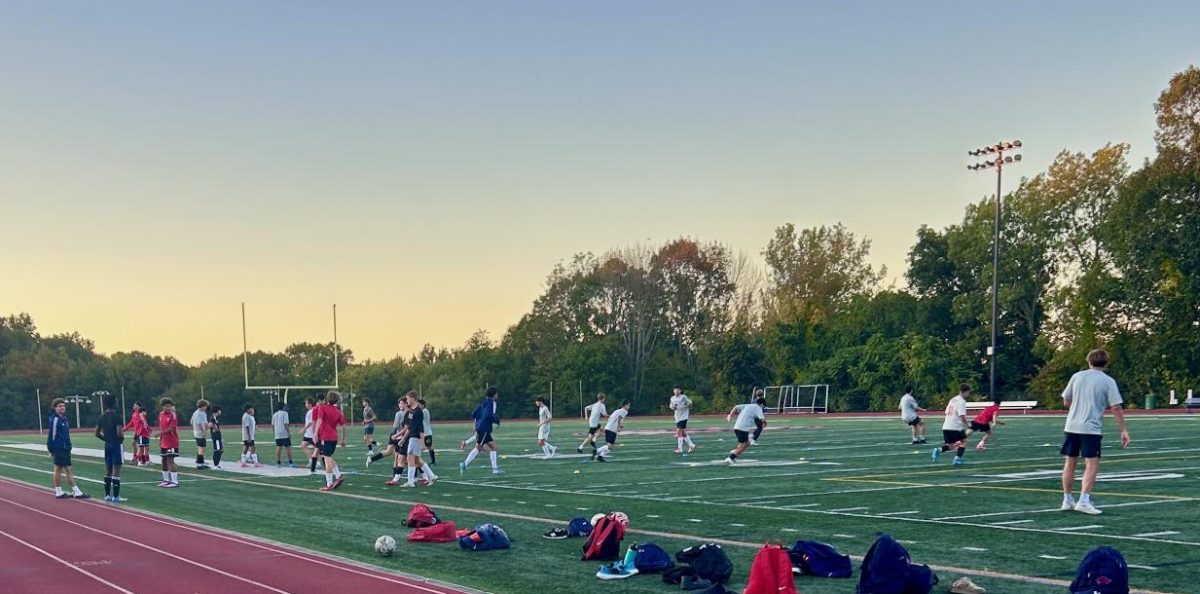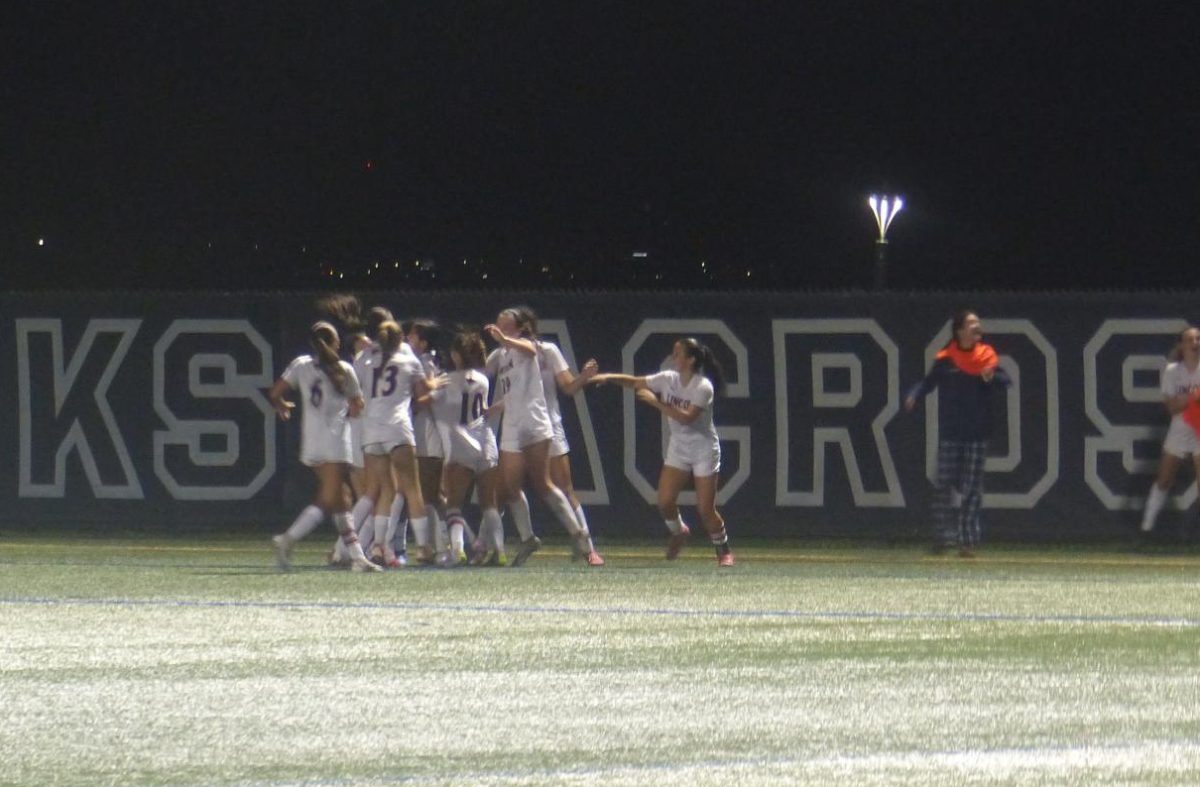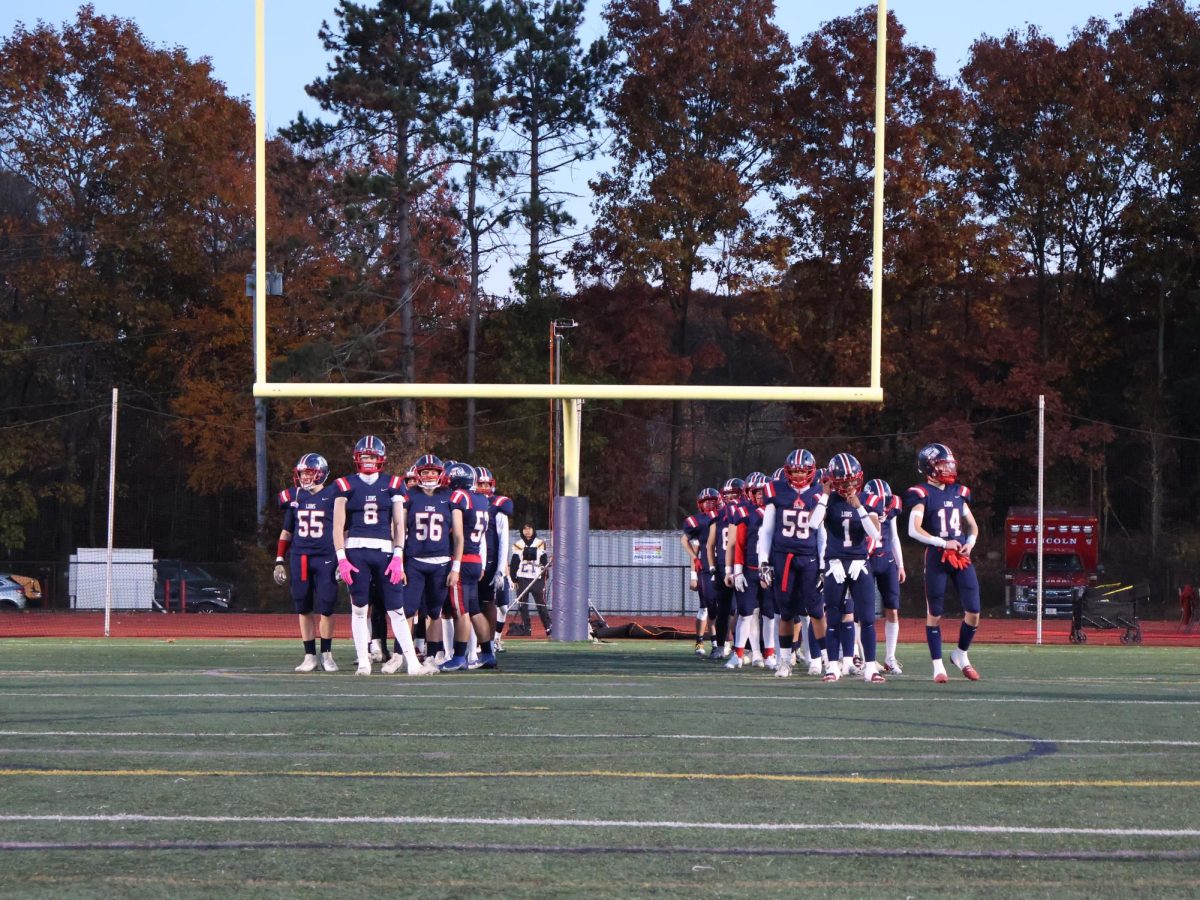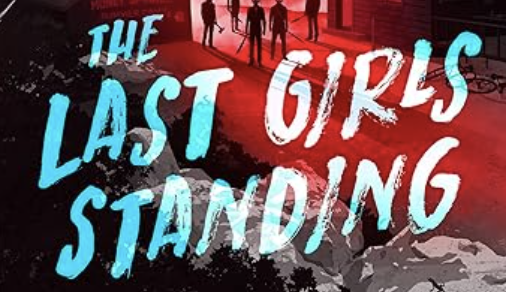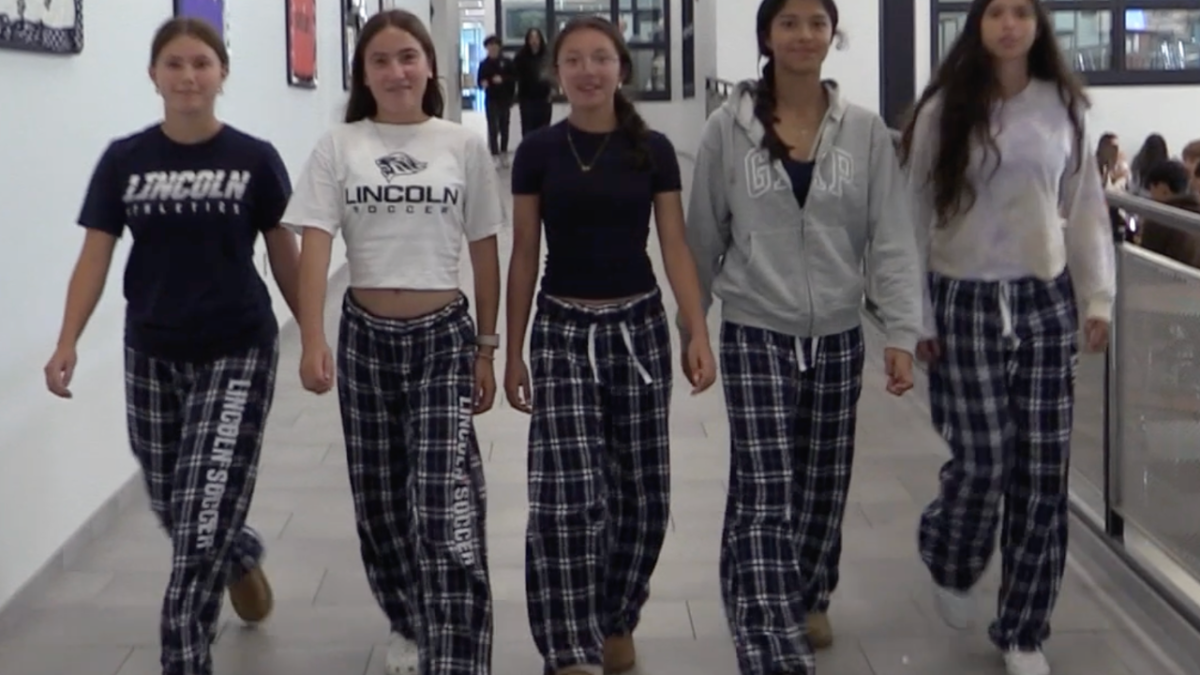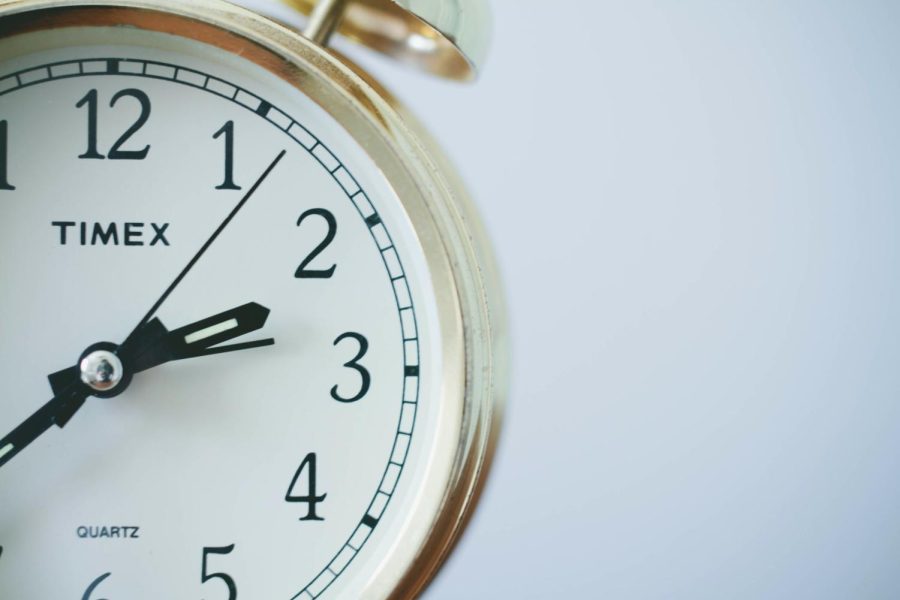Is Daylight Saving Time Here to Stay?
November 14, 2022
This Sunday, most of America’s clocks “fell back” an hour. It’s a phenomenon that we’ve come to know as the end of Daylight Saving Time. On the second Sunday of March, clocks “spring ahead” an hour, beginning Daylight Saving Time. After eight months, on the first Sunday of November, clocks revert back to “standard time” for the remaining four months, and the process repeats. However, things might not always stay this way.
Daylight Saving Time was put into practice in Europe and the USA during World War I. The goal was to save fuel and power by extending daylight hours. Germany popularized the idea when it turned its clocks ahead one hour on April 30, 1916. Within a few weeks, the United Kingdom, France, the US, and many other countries followed suit. In 1966, the practice became standardized in the US when it passed the Uniform Time Act. Although nearly all US states observe Daylight Saving Time, they are not technically required by law to “fall back” or “spring ahead.”
This March, the US Senate passed legislation to make Daylight Saving Time permanent. If the bill passes the House of Representatives and is signed by President Joe Biden, it would take place starting next November. This would mean no reverting back to “standard time” from early November through mid-March. However, the House of Representatives still has not picked up the measure months later, with many representatives not seeing the issue as a priority. Making Daylight Saving Time permanent is a broadly popular idea, with a poll from Monmouth University this past March showing that 61% of Americans are in favor of getting rid of the biannual clock change.
There are pros and cons of Daylight Saving Time. Longer daylight hours promote safety, as driving is safer, car accident rates are lowered, and fewer pedestrians are hit by cars. Daylight Saving Time also benefits the economy, as later daylight allows more people to shop after work. It also promotes more active lifestyles since people tend to participate more in outdoor activities after work when the day is lighter later. On the other hand, Daylight Saving Time changes people’s sleep patterns, drops productivity, and can be very costly for governments.
Only time will tell if the US will keep Daylight Savings permanently, and what impacts the change will have on the nation if implemented.





